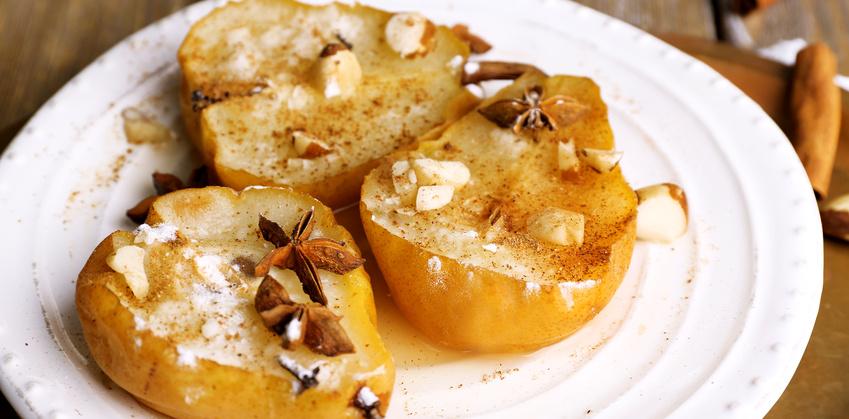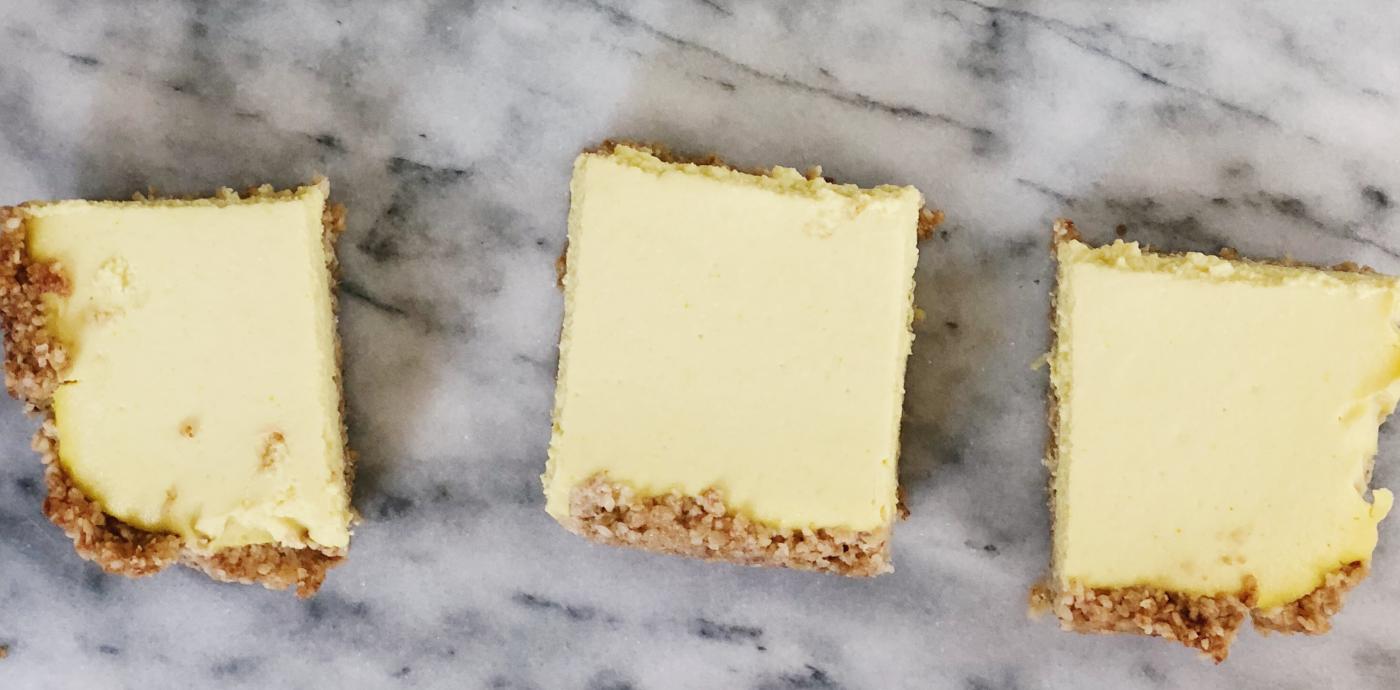Share This
“Plant-based” may not be the first phrase that comes to mind when you think about desserts. Rather, you probably have visions of butter, flour, eggs, and sugar. However, many Mediterranean desserts are indeed derived from plants. The Mediterranean climate lends itself well to agriculture, including the cultivation of many types of fruits and nuts—lemons, oranges, grapefruit, figs, dates, grapes, berries, persimmons, chestnuts, pistachios and almonds, to name a few—many of which possess varied culinary uses, including desserts.
Oftentimes, Mediterranean desserts are as simple as spoon sweets, or fruit preserved in honey (in Greece)—quince and apples in the fall; bitter orange and lemons in the winter; strawberries, apricots and figs in the spring; and sweet cherries, sour cherries and grapes in summer—or sliced, peak-of-season strawberries drizzled with an aged, syrupy thick balsamic vinegar in Italy.
In France, a country renowned for its pastries, you’ll find a wide range of fruit-based desserts, such as apple or pear tarte tatin, an upside-down, rustic French tart in which the fruit is first caramelized in sugar and butter until golden and bubbly, and then layered with puff pastry and baked in the oven. Just before serving, the tart is inverted so that the caramelized fruit is on top and the flaky pastry is on the bottom. Tarte fine aux pommes is a beautiful French apple tart featuring apple slices that have been fanned out like petals of a rose, layered into pastry dough, and then baked in the oven. Clafoutis is a French dessert of fruit, traditionally black cherries, arranged in a buttered dish and covered with a thick, custard-y batter. Galette are rustic free-form tarts filled with just about any combination of fresh fruit. In Italy, a rustic free-form version of an open fruit tart is referred to as a crostata.
Nuts and seeds also play a prominent role in the Mediterranean diet and, of course, find their way into any number of sweet preparations. Baklava is a classic pastry found in Greece and Turkey comprised of layers of phyllo (or filo) filled with chopped nuts, typically pistachios or walnuts, and sweetened and held together with syrup or honey. Similarly, kataïfi is a very popular pastry among Greek, Turkish and Middle Eastern countries. Kataïfi is made with roughly chopped walnuts (sometimes other nuts), scented with ground clove and cinnamon, wrapped and baked into buttered crispy shredded phyllo pastry reminiscent of vermicelli noodles, then bathed in a lemon scented syrup.
Frangipane, which originates from France, is a sweet almond-flavored filling that is baked in a tart or tartlet and often topped with various varieties of fruit, from figs, peaches, pears, apples, to berries, before being baked in the oven. Karidopita or karithopita is a super moist and flavorful Greek walnut cake, scented with the aromas of cinnamon and ground clove. Tarta de Santiago is an almond cake originating in Galicia (in the northwest corner of Spain) during the time of the medieval pilgrimage known as the Camino de Santiago. The tart is traditionally decorated with the cross of St. James; to this day, pilgrims making their way along one of the many routes appreciate a slice of this tasty Spanish cake after (and during) their long journey. Orange and almond cake is a classic dessert that draws on the Sephardic traditions of the Mediterranean, Morocco and the Middle East. Whole oranges are boiled for several hours, which decreases their bitterness, and then puréed skin, pith and all, and incorporated into the cake. Castagnaccio is a traditional, dense and rich, Tuscan (Italian) cake made from a batter of chestnut flour, extra virgin olive oil, pine nuts and raisins. It’s traditionally made without sugar, as the chestnut flour adds a hint of sweetness.
A trip to Sicily is not complete without a serving (or two) of granita, a frozen dessert made with fresh fruit or nuts, including lemon, blood orange, almonds, pistachio, wild strawberries and black mulberries (gelsi). Unlike gelato or ice cream, granita does not contain milk, cream or eggs. Yet, some flavors, particularly pistachio and almond, have such a creamy consistency that you would swear otherwise. While sweet treats are abundant in many countries today, each of these traditional desserts has a rich history as a food of celebration, rather than an everyday staple.
Oldways Director of Nutrition and Registered Dietitian Kelly Toups has a great tip about desserts, inspired by the principles of the Mediterranean diet. Kelly’s advice? Keep some sugar, and also think about adding good nutrition to desserts—nuts, fruit, healthy fats (like olive oil), and whole grains!
Want biweekly Med Diet information and recipes in your Inbox? Sign up for our Fresh Fridays newsletter by clicking the Subscribe button at the bottom of this page!
Join the Make Every Day Mediterranean Club Facebook group for additional information and support.




Comments
Add a Comment